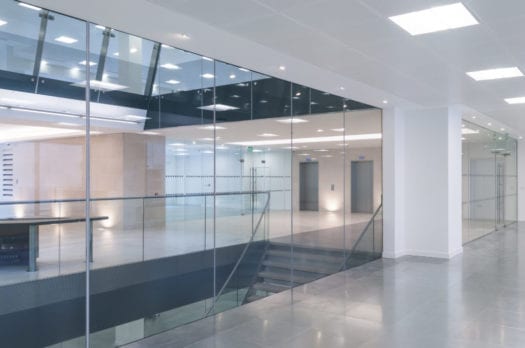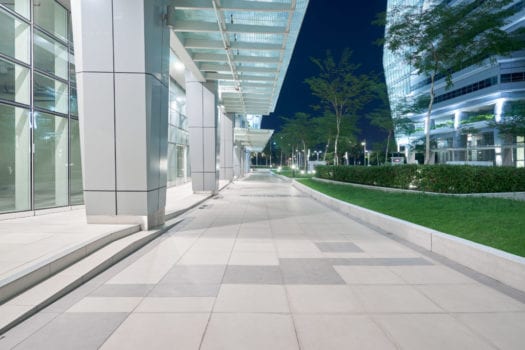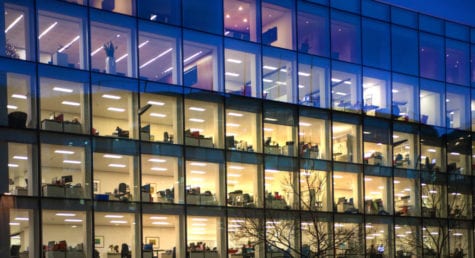Commercial LED Lighting
From Relight USA
Commercial Lighting
Office Buildings & Hospitality
Office Buildings
Many commercial buildings waste about 1/3 of the energy they consume. This wasted energy is wasted capital. Wasted money. The financial benefits of improved building energy efficiency and reduced energy costs are widely recognized. The result of making smart energy changes improves financial returns.
Cost savings is an ongoing trend in LED lighting. Because LED bulbs last so much longer, properties buy and change fewer bulbs overall. Although the LED bulb initially costs more, the hotel can quickly recover the return on investment when compared to incandescent and fluorescent bulbs. On top of those cost-savings are reductions in energy bills. An LED bulb uses only two-thirds the energy that an incandescent bulb uses, which amounts to a fair amount of energy savings—whether a small or large-scale property. LEDs can also cut costs by reducing the frequency with which hotel maintenance staff must change bulbs, freeing them up to perform other critical tasks.
Businesses are beginning to recognize the extent and impact of their energy use. A study showed 60 percent of executives expected their energy expenses to rise in the next year. To help keep business booming, they are adopting new practices and cutting back on energy use.
- Owners experience an average ROI improvement of 2 percent for existing building projects with using energy efficient materials
- Environmentally friendly advances gives your company a better reputation in the community and attracts customers or clients
- Higher market value for your building when energy efficient materials are used.




HOTELS
LEDs represent your brand. In the past, LEDs could only emit certain shades of light, known as temperatures. White and red light were the options, but now more options are available, including more of a blue light. This allows hoteliers more range to choose the mood of particular rooms through the lighting that they choose. Hotel owners can even choose to change the shade of the color that is emitted, depending on the time of day. For instance, during the day and LED light could emit a bright, white light in a hotel lobby, but during the night that same light bulb could emit a blue light for a cool look.
Highlight your hotel’s design. Since LED bulbs do not need to be replaced as often, hoteliers are also more open to putting bulbs in hard-to-reach places such as higher ceilings or difficult-to-reach nooks. Since LEDs are fairly small, hotels are finding new ways to incorporate the look of LEDs into their design.
Bright LEDs are used for safety. Since LED lights emit a bright light, hotels are more frequently using them for outdoor spaces, such as lamp poles, to improve safety. With LEDs outside the hotel, guests and employees alike are able to walk without tripping. The bright lights also help ward off dangerous activity from people who would take advantage of a space that is dark.
LED lighting, along with several other “green” features at hotels, may actually attract travelers to stay at hotels.
